Paradoxical. Bloodthirsty. Pacifistic. Unpredictable. Stubborn. Unkillable. Fragile. Skeptical. Naïve. No single word or phrase seems able to encapsulate the uniqueness of a human. Relatively new on the galactic stage, humans have created a disproportionate stir in galactic society. Disproportionate, at least, if you've never interacted with a human. If you've met one… you may wonder why the rest of the universe isn't more thoroughly freaked out.
Warnings and behavior notes are [bracketed], side notes are in (parentheses), and points that call for references are marked RF.
Origin: Humans evolved on a terrestrial-oceanic world, called interchangeably Terra or Earth among other names, orbiting a main-sequence yellow star named Sol. The planet's surface temperature ranges from -50 to 45 degrees centigrade (humans usually also use centigrade temperature measurements, though legacy systems still exist, RF: Fahrenheit), with a global average of approximately 17 degrees. Temperatures vary wildly between areas and seasons. There are a staggering number of different biomes and climates on the world, a result of its considerable axial tilt and resultant extreme seasonal changes, combined with the tidal effects of its one huge moon and its highly active tectonic geology. Terra's dense, molten metal core provides a magnetic shield against solar radiation, as expected for a life-bearing world so close to its star. Terra's gravity is approximately 3 standard gravities at its surface.
Terra is a Class Six Death World: its weather can be extreme (RF: hurricane, typhoon, tornado) and its active geology causes frequent earthquakes and volcanoes. Its flora, fauna, and microorganisms are exceedingly dangerous, many being poisonous or venomous, and many more possessing physical traits sufficient to pose legitimate threats to military-grade vehicles. In accordance with basic principles of coëvolution, the creatures of Terra (humans included) have many resistances or immunities to the poisons and chemicals other Terran life employs. Of particular note are caffeine and theobromine, mild stimulants to humans but lethal metabolic exaggerants to many other species, and capsaicin, a powerful antimicrobial/antifungal that produces traumatic sensations of burning, which humans regard as a basic cooking spice.
Much Terran life is resilient against common poisonous chemicals. Ethanol is consumed recreationally by humans, for the deliberate purpose of temporarily disrupting their brain chemical balance and impairing cognitive functions.
Infestations of Terran pests is an emergency of extreme significance, as they can adapt to and overwhelm most carbonic ecosystems in terrifyingly short timeframes, and many pose significant threats to sophonts. All biological matter from Terra must undergo quarantine both at Terra's Planetary Protection Office and again at the destination.
Biology: [Warning: Humans can be easily offended by certain topics relating to biology. Read all reference notes and obey applicable warnings before attempting discussion of biology with a human] Humans are bilaterally symmetrical tetrapods, with an upright, bipedal stance. Their lower limbs are exclusively legs, and their upper limbs are arms. Their torso comprises approximately 40% of their height, is around half that wide, and comparatively flat front-to-back. Their head is atop the torso, with a short, highly flexible neck. Most vital organs are within the torso: the brain and most sensory organs are within the head.
Humans are endoskeletal, with bones composed of mineralized tissues that are tremendously strong. Their tissues and organs are soft and largely water, as is typical of carbon-based life. Their skin is moderately durable. Humans have variable amounts of keratinous hair (not fur; RF "hair vs fur vs feathers"). Usually there is a dense patch of hair atop the head and another at the lowest section of the ventral side of the torso. Amounts of body hair range from almost nil to nearly as dense as the head hair, with males tending towards slightly more. Humans frequently practice depilation, the shaving, trimming, or removal of hair for aesthetic or practical reasons. [Do not expect to be able to reliably identify a human by hair pattern or length, as these can be changed with little notice. Humans also often dye their hair different colors.] Human skin colors range from pale near-translucence that takes a pinkish hue from their red blood, to yellowish, reddish, or brown pigmentation. Humans usually have very little patterning, except small occasional spots called moles or freckles. There are swirling stripes, caused by cell migration during embryo development and called Blaschko's lines, but these are not normally visible to humans. Blaschko's lines are visible to humans only under ultraviolet light, which is mildly damaging to humans and not useful to their sight, or due to certain diseases.
Humans range from 1.2 to 2.5 meters in height, with some exceptions. They have two biological sexes: the progeny-bearing females and the genetic transmitter males. Gametes from male and female are required for procreation. Fertilization is internal, and the female gestates internally for slightly more than two cycles [approx 9 Terran months (RF: "Earth Time")] before giving live birth, usually to a singleton. Human newborns are fragile and helpless. Maturation takes approximately 60 cycles [18 Terran years] before widely-accepted biological, mental, and legal maturity. The interference of medical technology makes natural lifespan difficult to calculate, but estimates are around 261 cycles [90 Terran years] for unassisted lifespan.
Sexual dimorphism exists, but is moderately subtle. Males tend towards slightly higher average height (~10 cm) and similarly increased tendency for muscle mass. Females more readily accumulate reserves of lipids and other biological energy storage (RF: cellulite). The upper ventral area of the torso hosts mammary glands (breasts) meant to provide a nourishment fluid (milk) to newborn young; in males these are flat and nearly nonfunctional, while in females they bulge out noticeably to accommodate their function. The proportion of female breast size and shape varies significantly by individual and age. [Female breasts are part of the complicated assessment of beauty, and careless discussion of them is an extremely easy way to gravely offend all nearby humans. Do not attempt non-medical discussion without extensive knowledge, preferably obtained from a human tutor.] There are other dimorphic tendencies of proportion, but these are quite small, and difficult for most other species to identify without practice.
Humans have concepts of gender, but although it originated with biological sexes this topic is dizzyingly complicated and of utmost delicacy. When speaking a language that offers gendered pronouns, utilize whichever ones the human in question requests be used. Do not ask why they use that particular set. Do not attempt to correct the human. Gender is often a touchy subject. Most humans fall into the "male" and "female" genders, simplifying their address, but once again, use the pronouns they request because they may defy or contradict the aforementioned dimorphic cues. (RF: "Human Sex, Gender, and Sexuality")
The more superlative traits of humans are in their chemical adaptability, endurance and regenerative powers. Humans can consume a staggering range of foods without difficulty. There are, of course, many chemicals that are poisonous to them in even small quantities, but their tolerance for many poisons is significantly higher than is average for carbon-based life. Humans have a reputation for being able to eat anything, which in the arena of carbon-based foods is nearly true. Some foods they consume have little or no nutritional value to them, and are consumed for either the pleasure of eating, or to fulfill a challenge (RF: alcohol, capsaicin, "Junk Food", "Dextrorotary and Levorotary molecules").
Humans evolved as pursuit predators, meaning that their primitive ancestors simply walked after their prey for days until the prey collapsed from exhaustion. Human ancestors also hunted by ambush, traps, or direct confrontation with weapons. Humans are omnivores, and fruits, grains and vegetables comprise 40-80% of their typical diet.
Humans recover from injury at an amazing rate. Small cuts or abrasions on their skin generally heal completely within 3 standard days. Larger damage, such as a gash into muscular tissue, can be healed in as little as 20 standard days. Even major broken bones can heal in as little as one cycle. Humans cannot regrow amputated limbs, but recently severed limbs can be reattached with prompt medical care.
Behavior: Humans are highly varied and difficult to generalize. Many humans, particularly those who go to space, are highly motivated in the pursuit of their interests. Said interests can also vary wildly, being as broad or practical as "engineering" to as narrow or useless as "eggshell cameo paintings" (RF: eggs, cameos).
Humans have (usually) a highly developed sense of humor, though all sophont's senses of humor vary noticeably. The range of human humor is varied enough to merit its own monograph.
Humans have decently good intelligence, and often specialize into a particular trade, profession, or task. Some generalize, being able to slot into a wide variety of moderate-complexity tasks. Many specialists will take secondary training in another task, such as a medical specialist taking combat training. Don't bother attempting to guess what a particular human does; with few exceptions their profession doesn't alter their appearance.
Humans possess a remarkable ability to form emotional connections, a form of pack-bonding left over from evolutionary times. Unlike most pack-bonding sophonts, humans will bond readily with creatures of any species, and will do so at any point in their life. Humans will bond with non-sapient animals, and even with robots or inanimate objects. (RF: "Stabby the Space Roomba) In particular, there are several Terran species widely accepted as 'pets', (RF: dog, cat) and it is generally considered wise for any ship/station with several permanent or semipermanent humans to acquire one or more of these pets for the humans to bond with. This is particularly advised if the ship is an exploratory vessel, since a human without a pet might attempt to bond with possibly dangerous wildlife.
Human pack-bonding can be exceedingly useful, as a human will display their superlative endurance and durability in order to assist a pack member in distress or danger: thus a human can significantly increase the survival rate of an entire crew to whom they've bonded. [Warning: never betray a human who has bonded to you, nor someone to whom that human has bonded. The ability of a human to hold a grudge is legendary]
Humans have a wide variety of cultural customs, which they will pursue often to the immense confusion of crewmates. Explanations of these customs sometimes result in fascinating discussions of human history, and sometimes result in the human saying "I don't know" or "I just like it". It is advised to not question these two sayings.
Supernal ability: Humans do not possess any measurable psychic or mystic power (to the great relief of their neighbors). However, humans often demonstrate a form of limited precognition, usually described as a "gut feeling", that is uncannily accurate. Like most predatory sophonts, humans can "thin slice" a situation, rapidly assessing it from innumerable small cues with high accuracy. However, human "instinct" (different from the normal use of that term) and gut feeling (sometimes "gut instinct") demonstrate statistically significant defiance of statistics. Humans tend to make decisions that they don't fully understand, but which regardless lead to utterly unforeseeable positive outcomes. Research into this precognitive sense is ongoing, but thus far entirely unsuccessful.
Source.
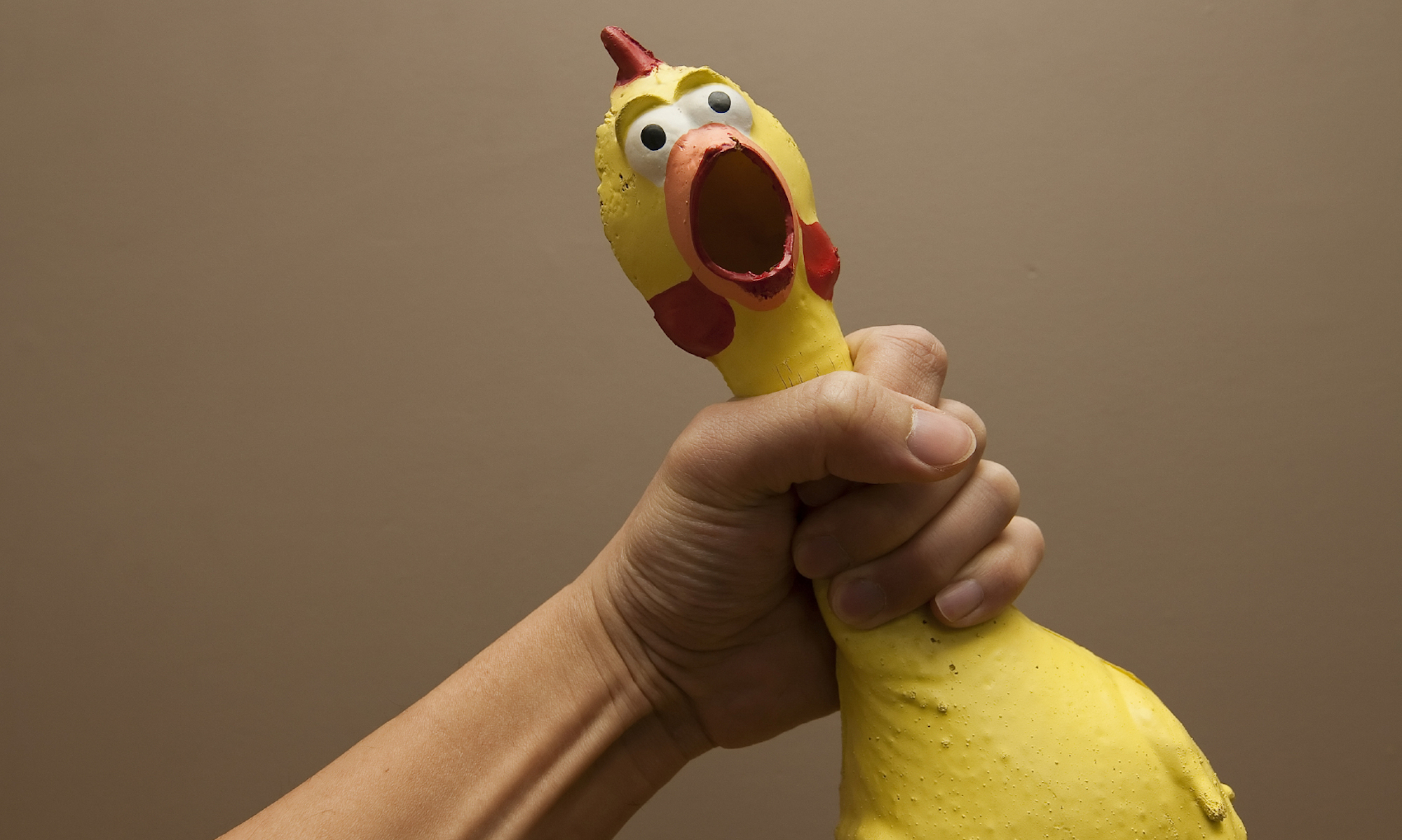

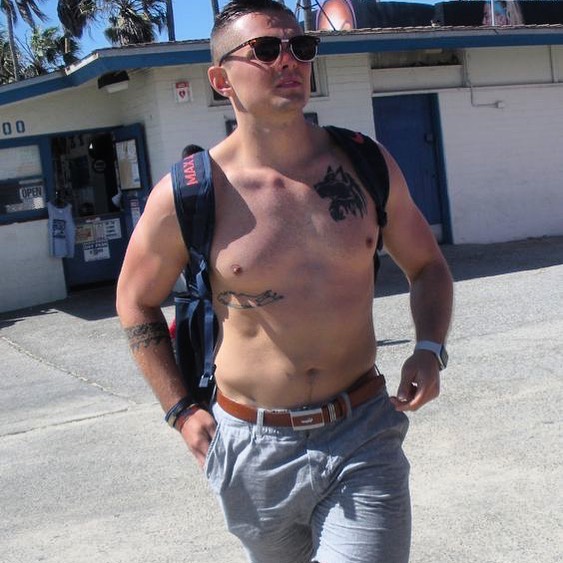


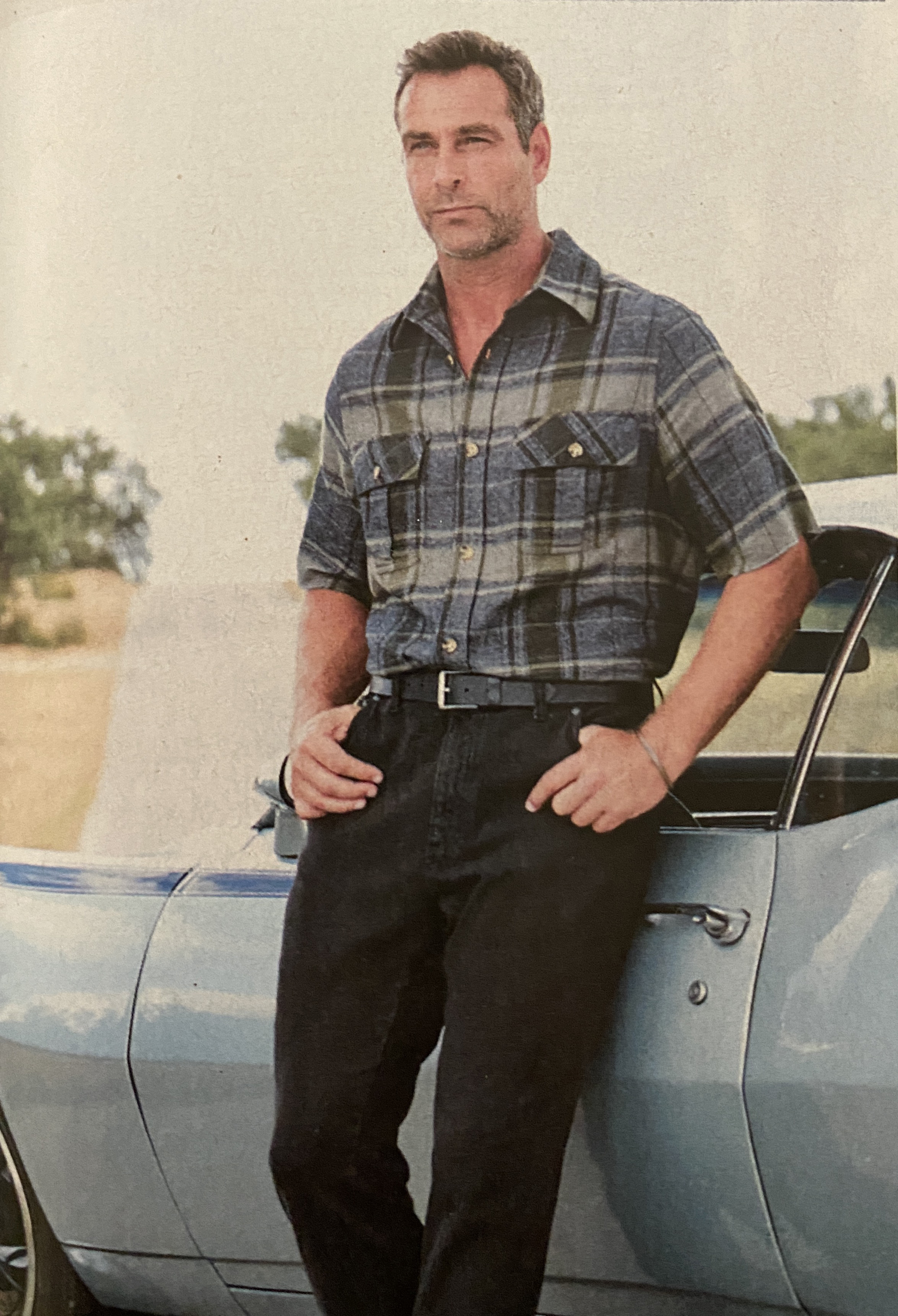
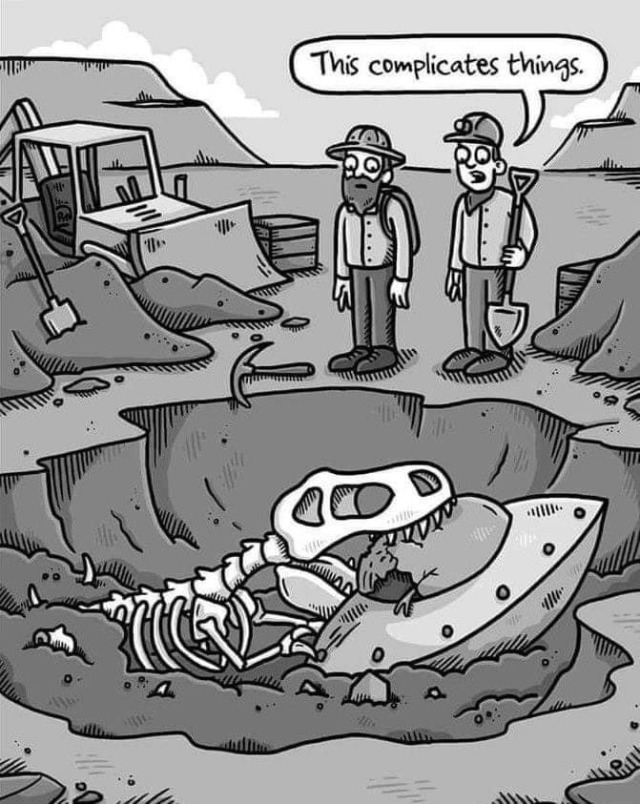
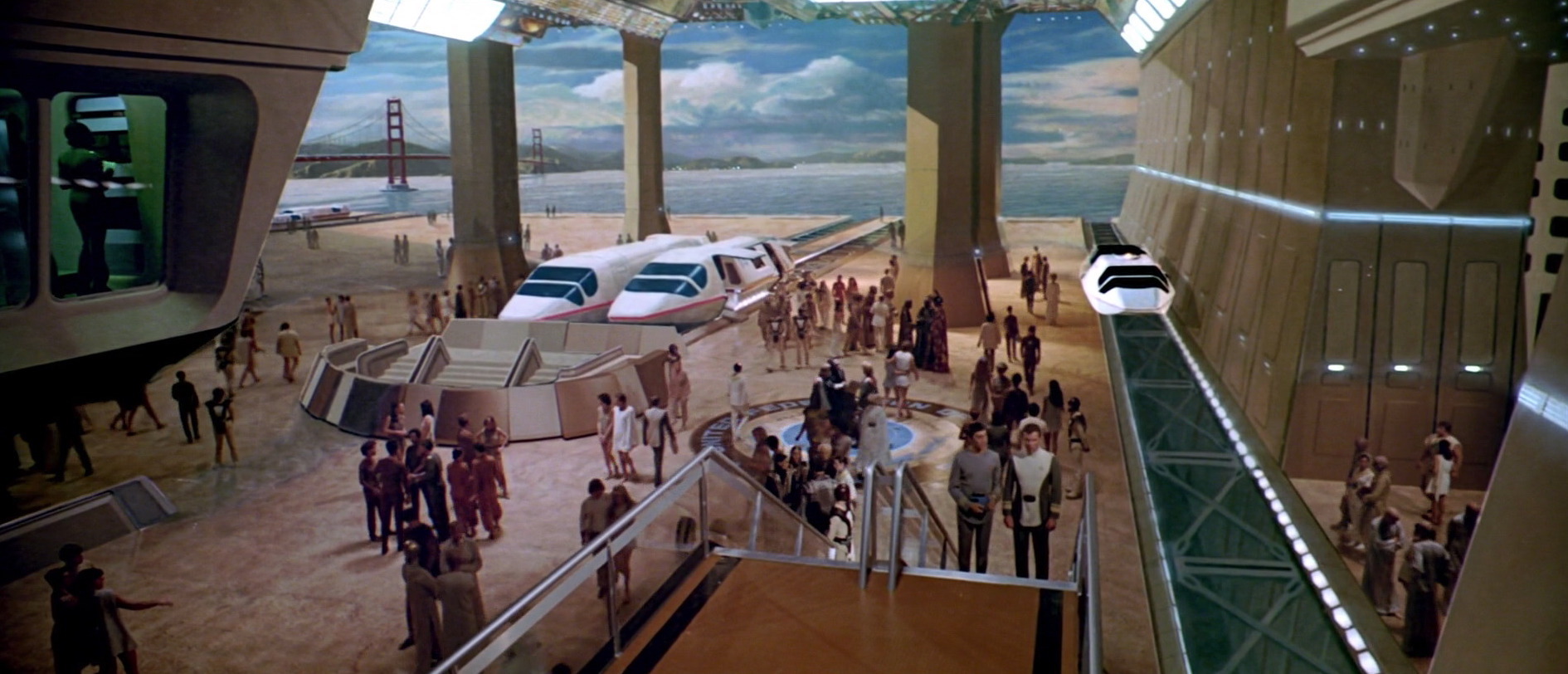
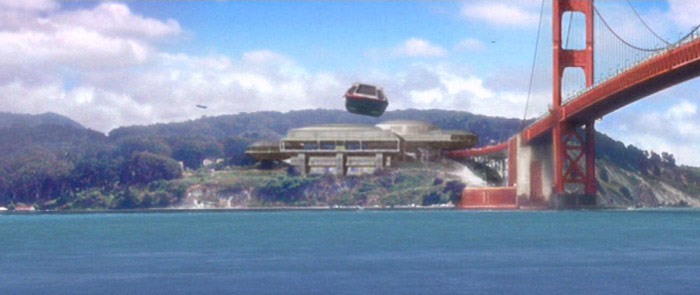
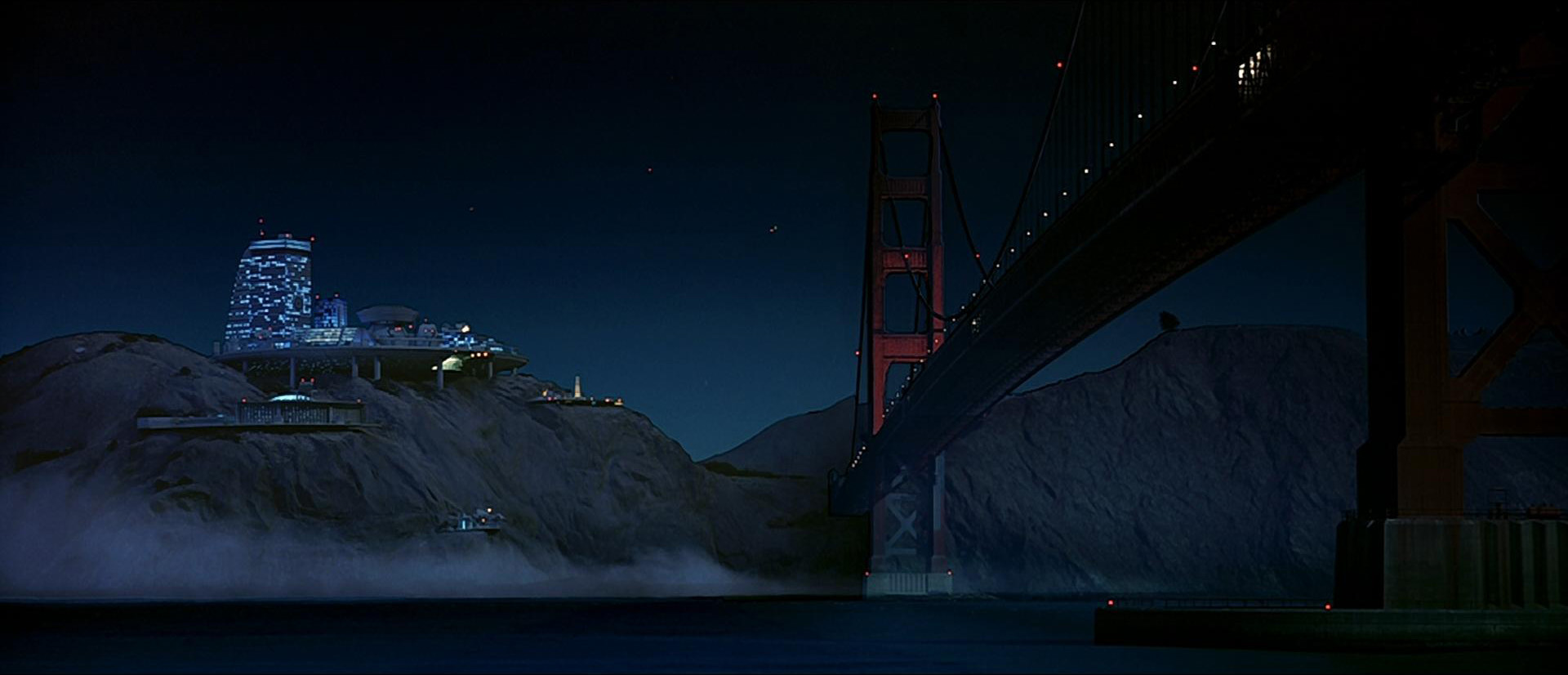
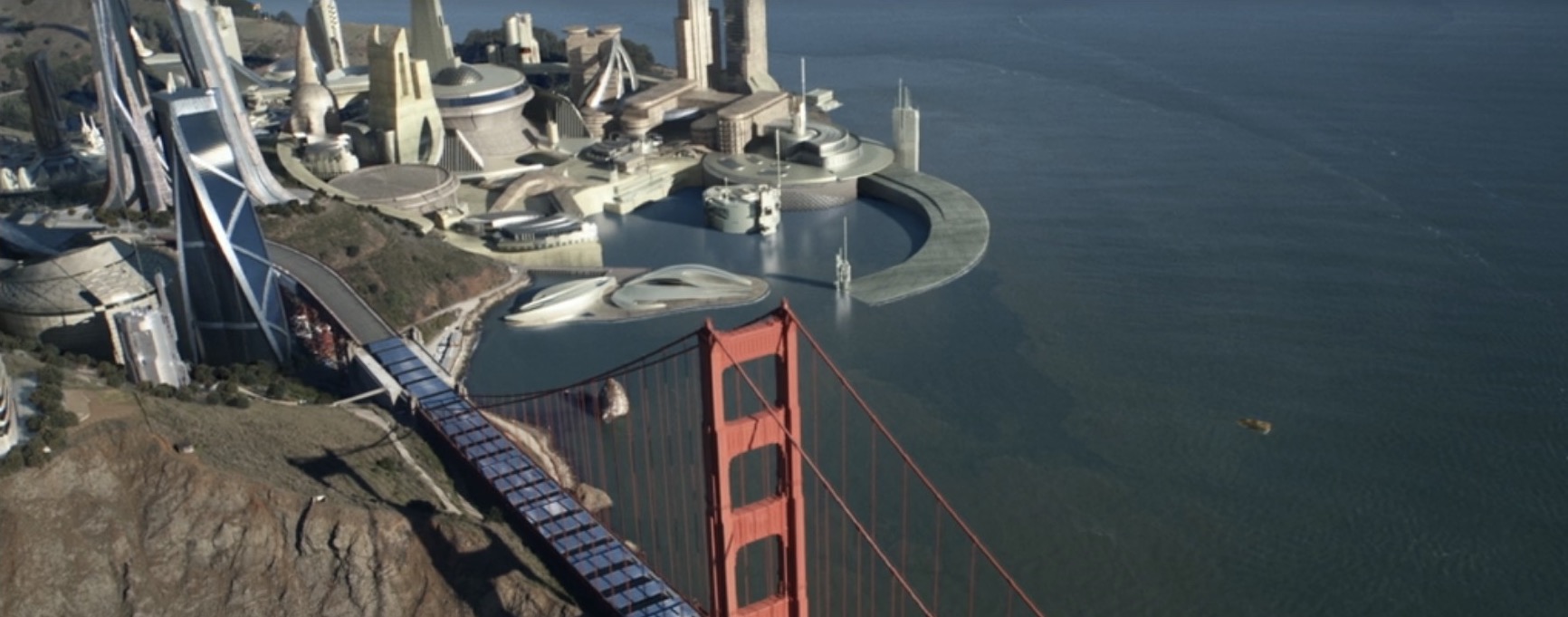
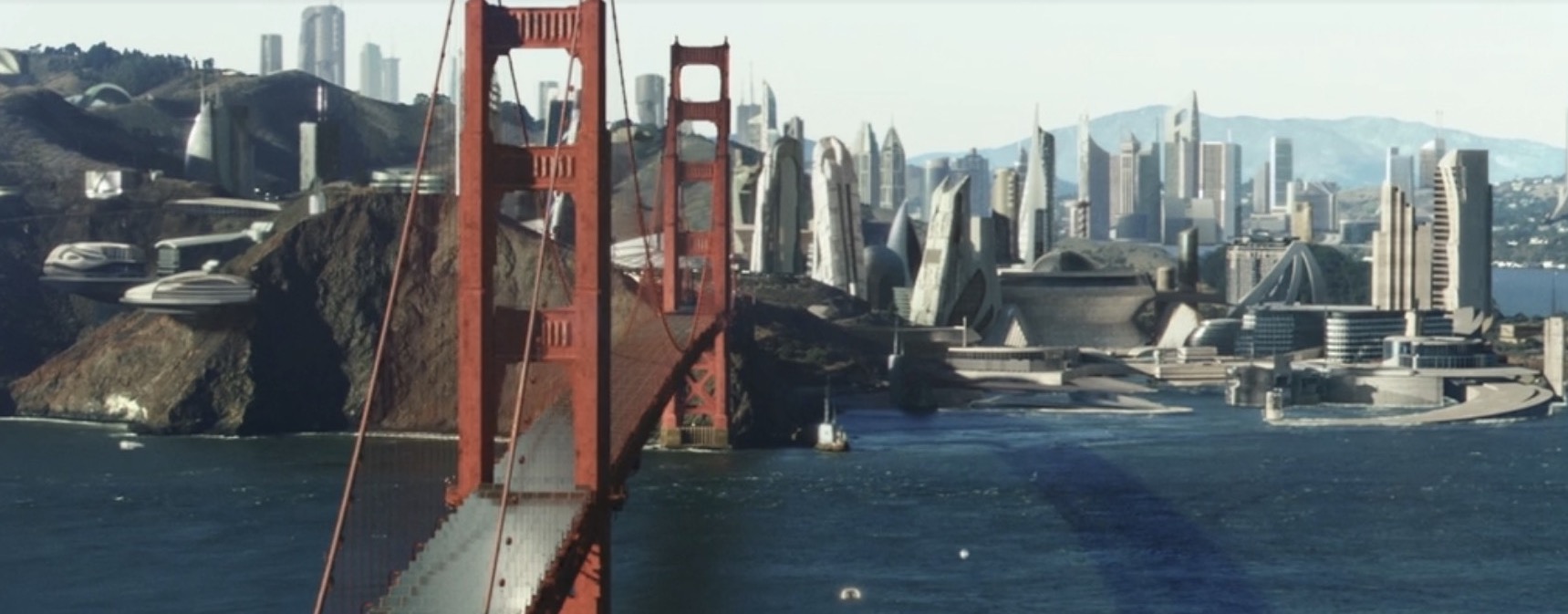
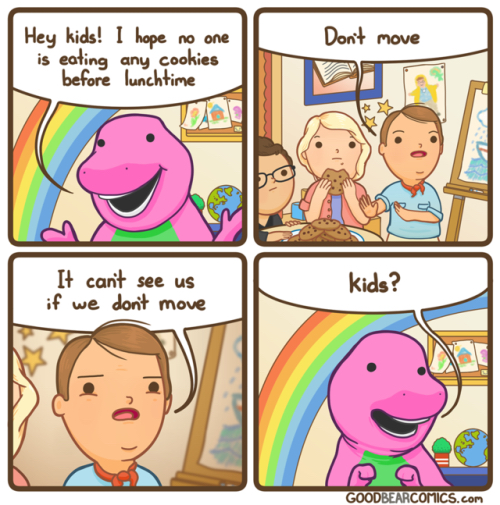
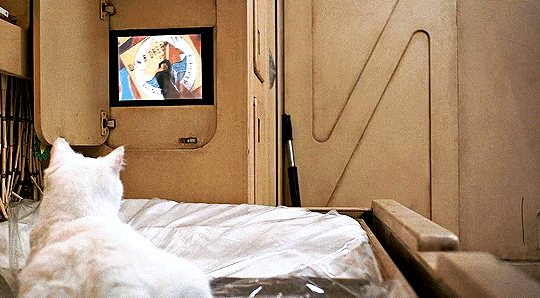
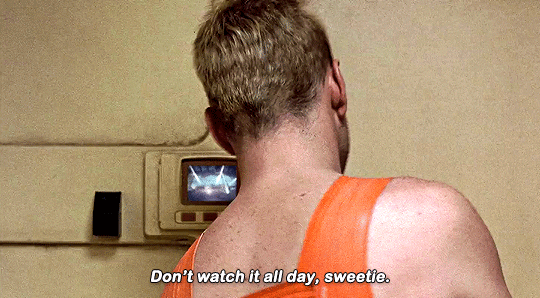




 One thing I can tell you about traumatic brain injury is that it can be a lot more serious than bone spurs." ~ Pete Buttigieg
One thing I can tell you about traumatic brain injury is that it can be a lot more serious than bone spurs." ~ Pete Buttigieg


